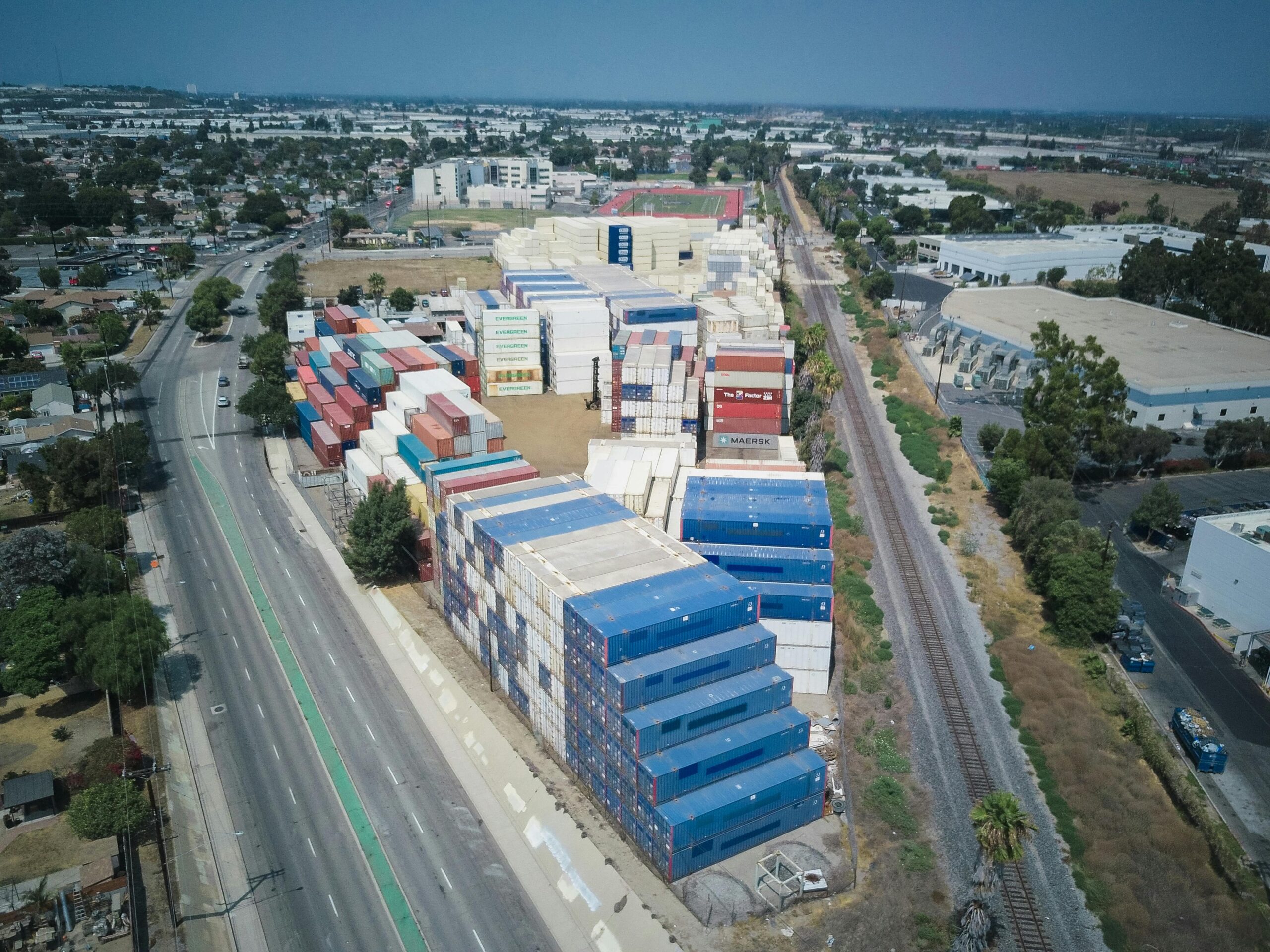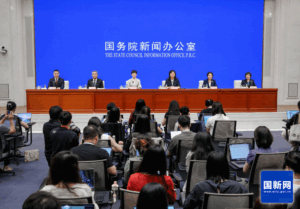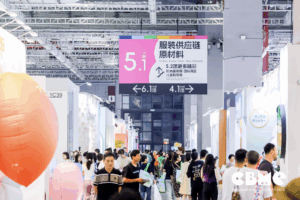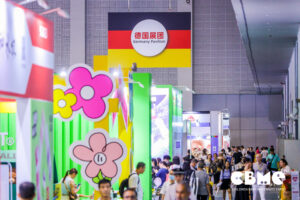The incremental value of Instant Retail for offline retail formats has become increasingly evident, especially for specialized segments such as Maternity and Baby Stores. As the Instant Retail market grows, the potential for diversified formats to capture new demand expands significantly.
According to Meituan, “From January to August 2024, the proportion of night orders on Meituan Quick Shopping continued to rise, reaching 26%. In counties and lower-tier markets, Instant Retail orders increased by 54% year-over-year.” These are clearly incremental consumption patterns, showcasing how Maternity and Baby Stores can benefit from participating in Instant Retail.
Zooming out, the Instant Retail Industry Development Report shows that in 2023, China’s Instant Retail market reached 650 billion yuan—a 28.89% year-over-year increase—and is expected to surpass 2 trillion yuan by 2030. The number of active Instant Retail users reached approximately 580 million, accounting for 53.11% of the total netizen population.
During our visits to various regional markets, we found that many Maternity and Baby Stores have started to embrace Instant Retail. One store operator shared that over 60% of their current orders come from Instant Retail platforms, effectively offsetting declining foot traffic. As Instant Retail gains popularity, the “front-end warehouse” model is becoming a focal point for platforms like Meituan, Ele.me, and retail brands such as Sam’s Club, Yonghui, and Hema.
Related Article: Future of Maternity and Baby Stores from a DeepSeek Perspective
What is a Front-End Warehouse?
The concept of a front-end warehouse was first implemented by fresh grocery platforms like Dingdong Grocery and Daily Fresh. In the early model, a central warehouse would feed goods to multiple front-end warehouses located closer to residential communities, allowing for rapid fulfillment of Instant Retail orders.
This model once faced criticism for high operational costs and inefficiencies—largely due to product perishability, thin profit margins, and high customer acquisition costs. However, by Q4 2022, Dingdong Grocery reported its first profit, driven by increased consumer reliance on Instant Retail and optimized logistics.
This positive turn led to the expansion of the front-end warehouse model beyond fresh groceries. Now, a broader range of retailers—including Maternity and Baby Stores—are exploring this system. The model has evolved into three categories: store-warehouse separation, store-warehouse integration, and warehouse-only operations.
Related Article: What Makes a Winning Maternity and Baby Store in the 80,000-Yuan Market?”
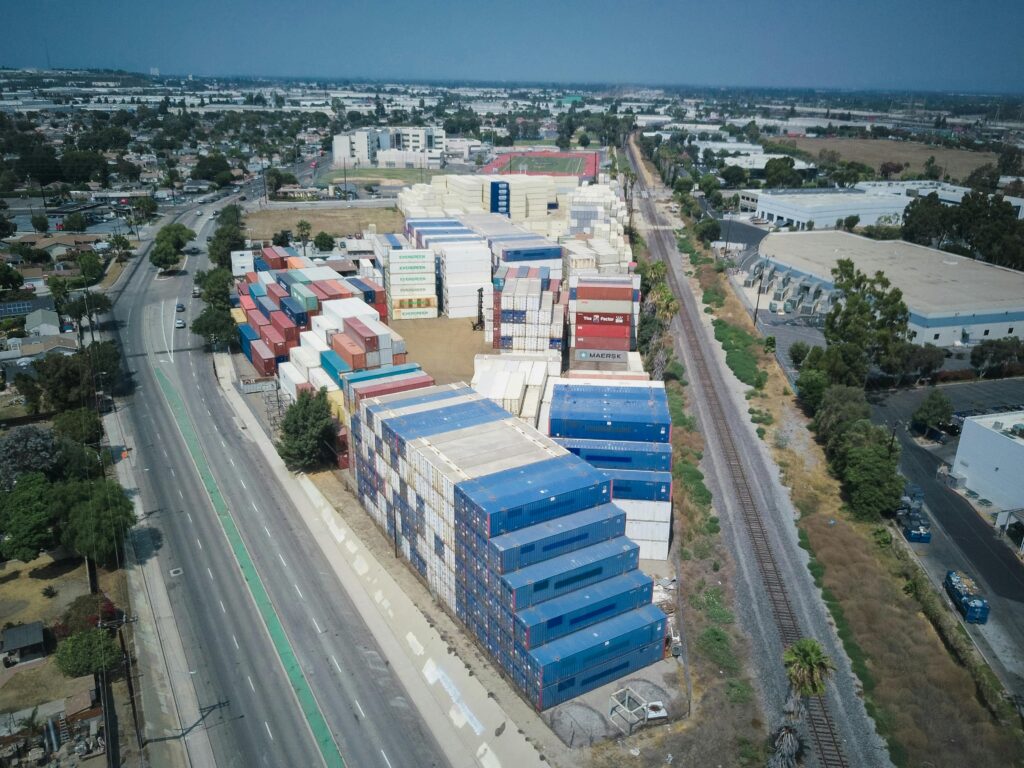
Which Model is More Suitable for Maternity and Baby Stores?
For Maternity and Baby Stores, selecting the right front-end warehouse model within the Instant Retail ecosystem is critical to success.
Warehouse-Only Model
This model, initially used by earlier fresh grocery ventures, is gaining momentum again. Brands like Dingdong Grocery are finding profitability. However, for Maternity and Baby Stores with existing brick-and-mortar setups, this model lacks synergy with their offline retail presence. The mismatch in product type and need for personalized services limits its suitability.
Store-Warehouse Integration
This is the most widely adopted model by Maternity and Baby Stores entering the Instant Retail space. Leveraging existing inventories and store staff, businesses fulfill online orders directly from the store. While this strategy taps into incremental demand, it also presents challenges. Online and offline operations can cannibalize each other, especially when the consumer preference shifts toward the convenience of Instant Retail. Without changes in cost structures, profitability becomes harder to maintain.
Store-Warehouse Separation
Pioneered by brands like MINISO, this model uses dedicated 24H “super stores” in residential areas to cater specifically to Instant Retail orders. These front-end warehouses reduce fixed costs and focus exclusively on online sales. For Maternity and Baby Stores, this model offers scalability, extended reach, and more flexible inventory control.
However, maternity and baby products often require professional consultation and involve slower-moving inventory. These stores historically evolved from department stores and rely heavily on personalized, trust-based services. The generic picking and delivery setup in a store-warehouse separation model may not fully meet the nuanced demands of maternity and baby product consumers.
Moreover, profit margins in this sector are lower than typical FMCGs, making fulfillment cost-sensitive. To improve profit margins, some Maternity and Baby Stores have added related products like hygiene items or household goods in front-end warehouses. While potentially increasing order value, this also means competing with general supermarkets and increasing supply chain complexity.
A final challenge is overlapping market coverage. When two Maternity and Baby Stores deploy separate front-end warehouses in the same area, competition intensifies. In a stock-saturated market, this leads to traffic dilution and thinner margins.
Related Article: Baby products e-commerce platforms in China
Topic Discussion
How are Maternity and Baby Stores adapting to the rise of Instant Retail? What lessons have they learned from experimenting with various front-end warehouse models?
We invite all industry professionals to join the conversation below.
Keywords:
1. Baby gear innovations at maternity tradeshow
2. Wholesale prenatal vitamins and supplements
3. Wholesale natural and organic pregnancy products
4. Wholesale baby bump-friendly workout clothes
